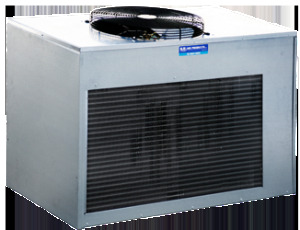Sometimes known as all-thread or continuous thread studs, fully threaded studs are used in a wide variety of applications. These are designed without a head, so the threading runs continually along the entire length of the stud.
The difference between a stud and a bolt with a continuous thread is the addition of a head. A bolt will always have a head at one end and use some type of nut for the other to complete the fastening process. The stud does not have a head, allowing for the use of two nuts of the same or different style to hold the materials together.
Versatility with All-Thread
One of the reasons that fully threaded studs are selected over bolts is that neither of the two ends of the bolt is restricted to setting at or above the surface. This is often important when the bolts have to be removed frequency to gain access or to break down and construct items.
With the ability to allow both ends of the stud to extend past the surface, it is much easier to work with the studs in limited spaces. Additionally, they with the threading all the way along the length, there is no need to match a particular stud to a particular part as it can be used to hold any thickness less than the length of the stud and the two nuts used for tightening.
Strength
When torque and tightening is an issue, fully threaded studs offer additional strength as compared to a bolt. The weakest part of the bolt is where the head is joined to the thread, and this can twist off, particularly with smaller diameter bolts and power tools.
With the design of the all-thread, there are no weak points along the length, allowing for additional tightening when needed without the risk of snapping off the bolt head.








